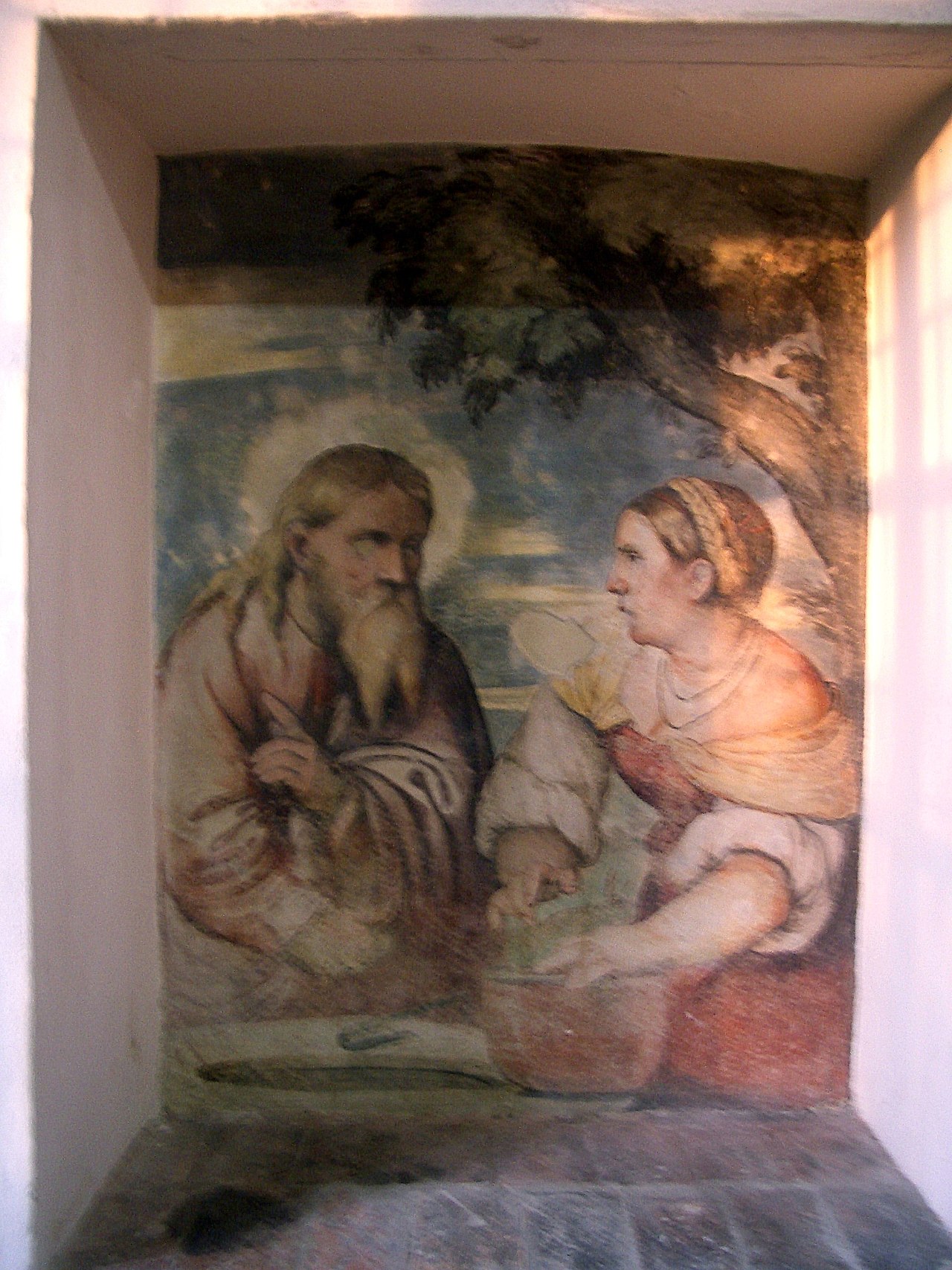Olivetan Benedictine Abbey Saints Nicholas and Paul VI
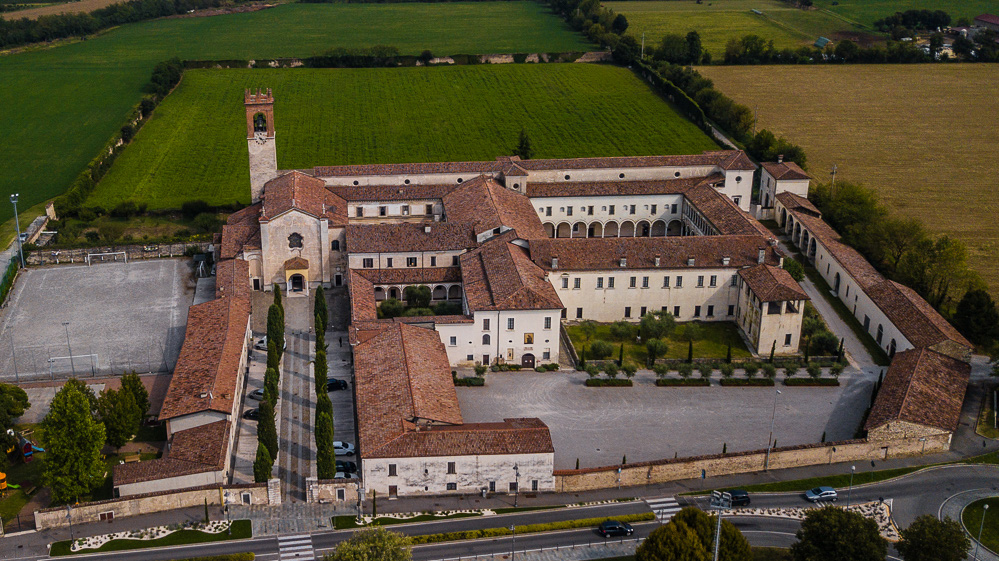
The Olivetana Abbey of San Nicola in Rodengo-Saiano, in Franciacorta, is a religious complex of great spiritual importance and of considerable historical and artistic interest.

The abbey was founded by the Cluniac monks - congregation of the Order of St. Benedict - towards the middle of the 11th century.

A document of 1085 speaks of an already existing monastery; another document dated 1109 mentions the dedication to St. Nicholas, which will remain unchanged over time.

The location of the monastery was placed on a Roman crossroads, which led to the city and served as a hostel for pilgrims traveling to Rome.

The site had already been occupied in the Roman and early Middle Ages, as documented by archaeological excavations have brought to light the remains of a Roman wall and a Longobard hut.
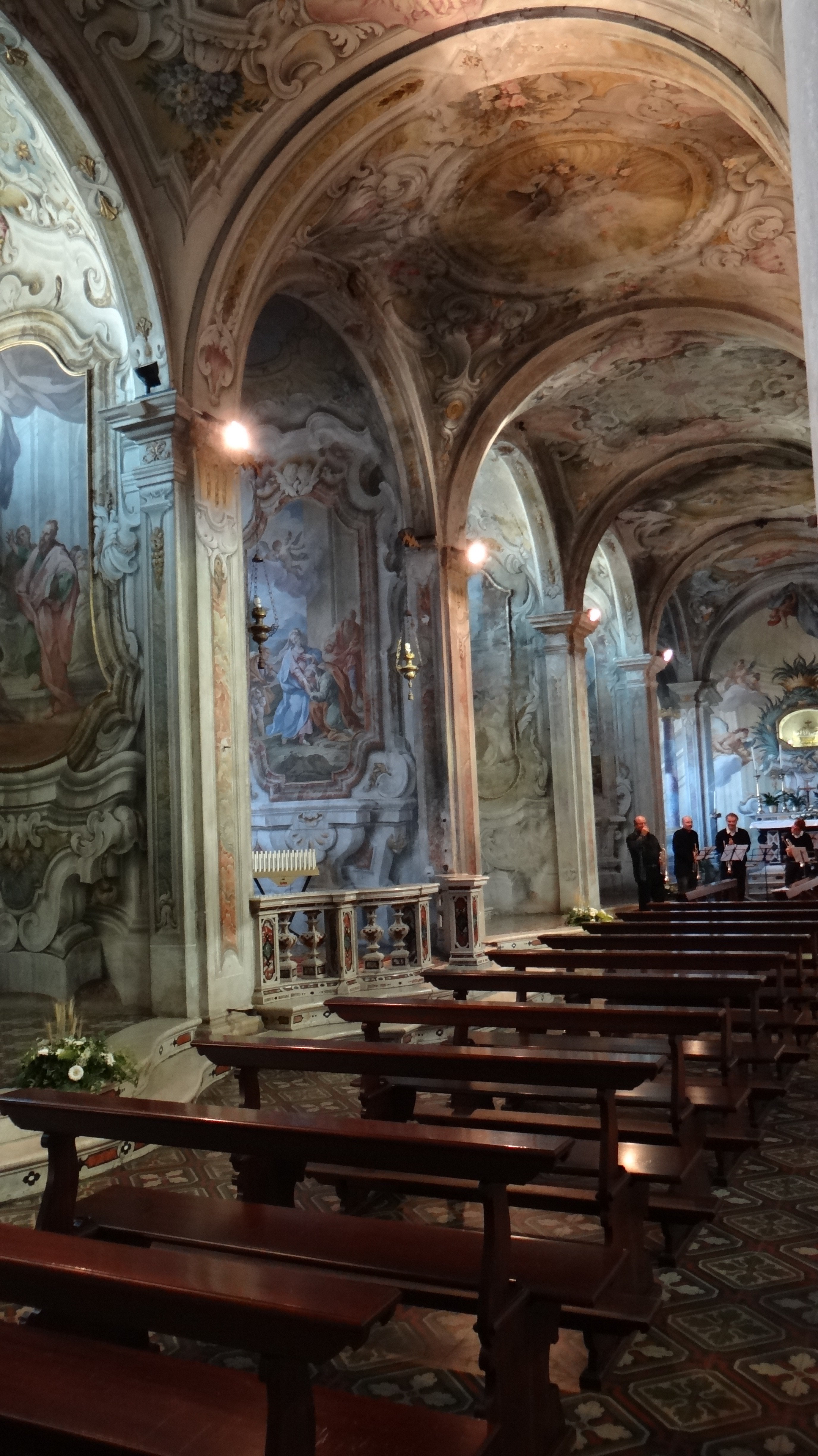
The development of the monastery - like that of other Cluniac monasteries in Franciacorta - initially took place under the impulse of the important abbey of Pontida and that of San Paolo d'Argon.

The monastery of Rodengo soon affirmed its own autonomy, also in connection with the economic development due to the multiple donations and purchases of land properties. As for all the other Benedictine monasteries, the management of these properties immediately referred to the help of lay brothers.
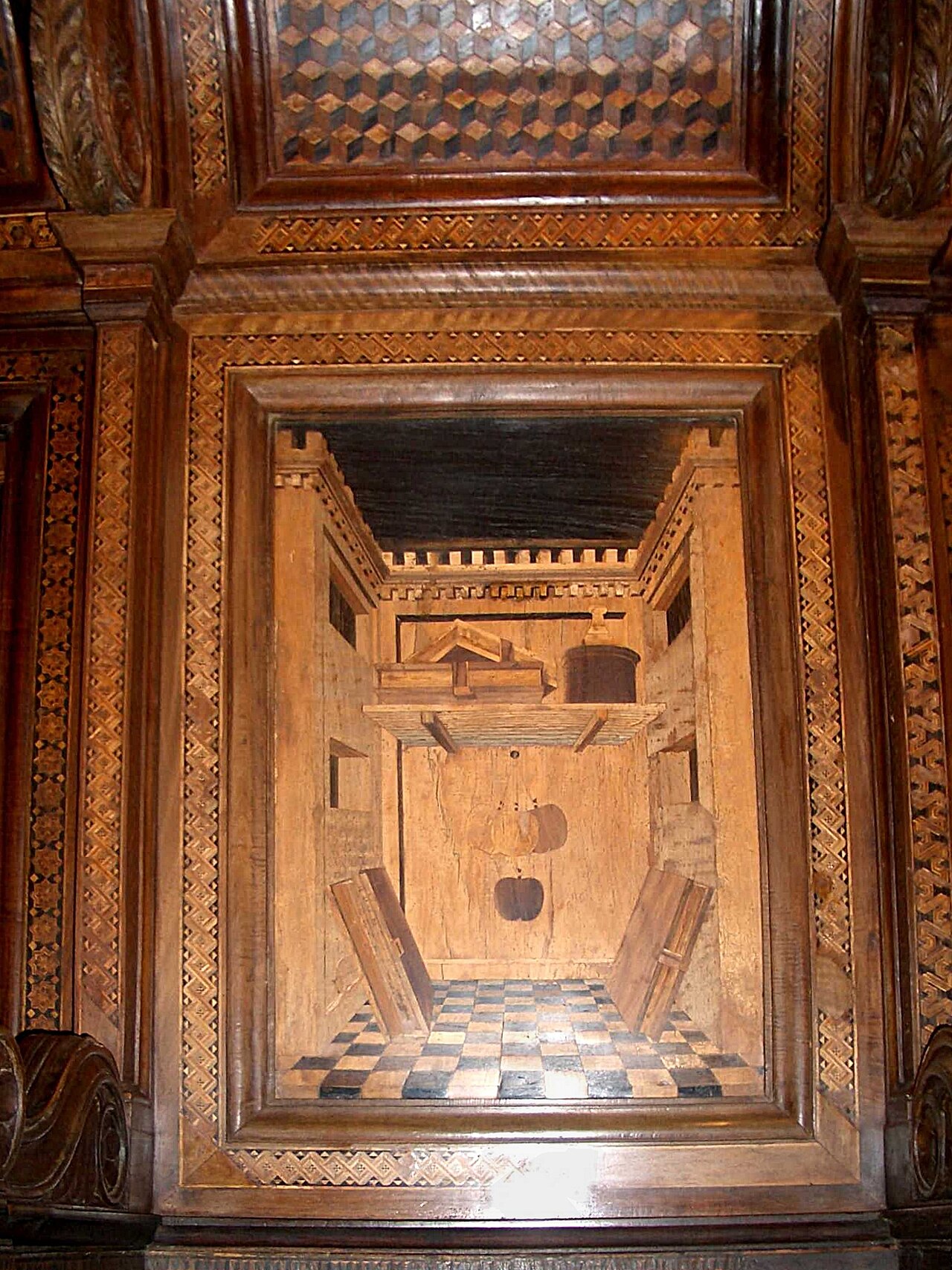
Already in the second half of the 13th century, however, the spiritual and economic development of the monastery had come to a halt. Documents relating to the chapter meetings refer to a number of monks and lay brothers that did not reach ten people.

At the end of the 14th century, a commendatory abbot was installed in place of the one appointed by the Cluniac order; but this eventuality did not stop - indeed it accelerated - the decline of the monastery.
The authorities who had a say (from the papacy, to the diocese of Brescia, to the Republic of Venice which had incorporated the Brescia territories, to the municipality of Rodengo) often found themselves in disagreement on the choices relating to the management of the monastery.

In 1446, at the behest of Pope Eugene IV, the primitive abbey was entrusted to the Olivetans. Sharp contrasts marked the renunciation of his privileges by the last commendatory abbot, and only in 1450 the passage of the monastery to the Olivetans became definitive.
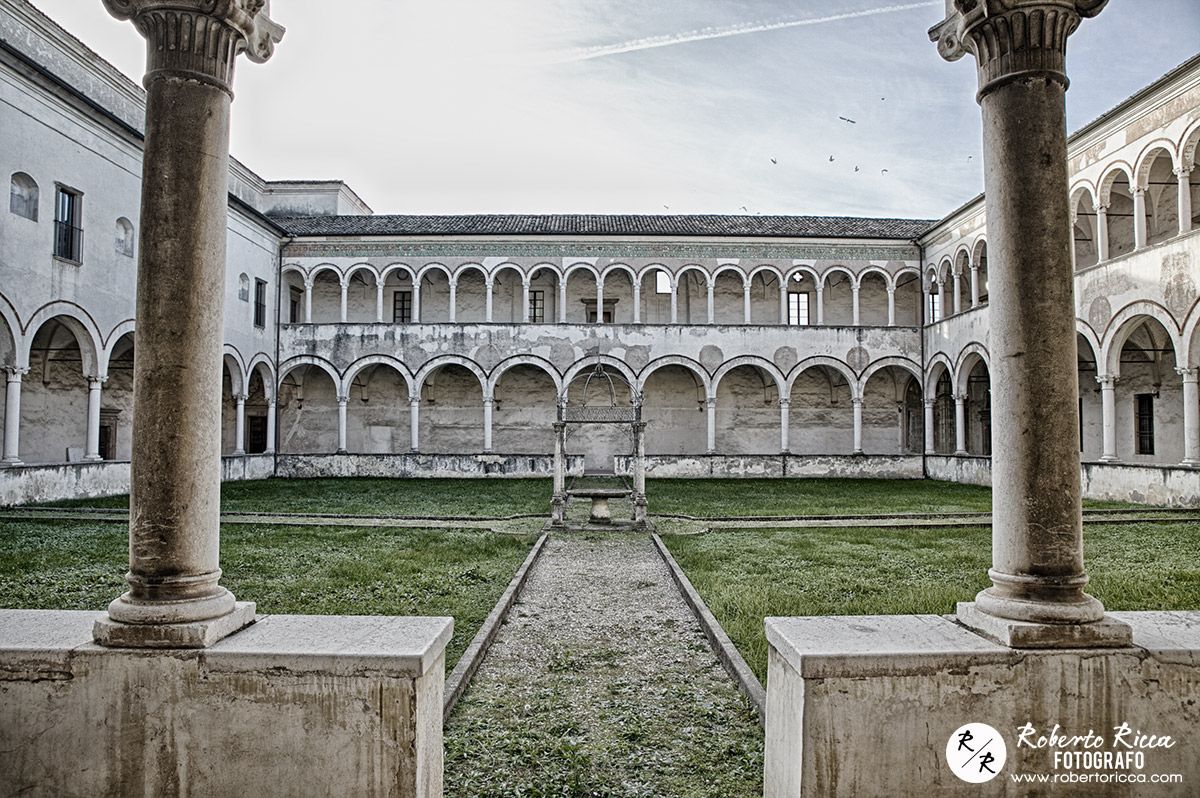
Immediately began a strong recovery in the spiritual and economic fortunes of the monastery. The use of land properties was consolidated and others were also acquired through the reclamation of the surrounding marshy lands.

As early as 1450, the decision was taken to rebuild the abbey complex, starting with the church of San Nicola, entirely rebuilt in the place where the old Cluniac church stood.
The project for the expansion of the architectural structures soon also involved the construction of the western cloister and the large cloister, (later rebuilt in 1560-70, with the expansion of the upper floors), and progressively affected the entire monastery. The Olivetan priors immediately showed themselves aware of the importance of the action undertaken and were careful to avail themselves of the collaboration of the most important Brescian artists.

The fervor of construction works lasted for about three centuries, giving rise to one of the most artistically significant abbey complexes in northern Italy.

In the sixteenth century painters such as Romanino, Moretto, Lattanzio Gambara and Grazio Cossali were involved; in later times we find the painters Gian Giacomo Barbelli, Giovan Battista Sassi and others engaged.
Of great value are also some wooden works (such as the inlaid choir made by Cristoforo Rocchi in 1480), marble and ceramic works (such as the decorations of the main cloister).

In 1797 the Provisional Government of Brescia, by virtue of the Napoleonic laws, decreed the suppression of the monastery and its assignment to the women's hospital in Brescia.

After a long period of decline, the abbey returned in 1969, thanks to Pope Paul VI's interest in the Olivetan monks. Since then - with the support of the Superintendency of Brescia and numerous associations - has started an uninterrupted work aimed at restoring the architectural complex to its former glory.
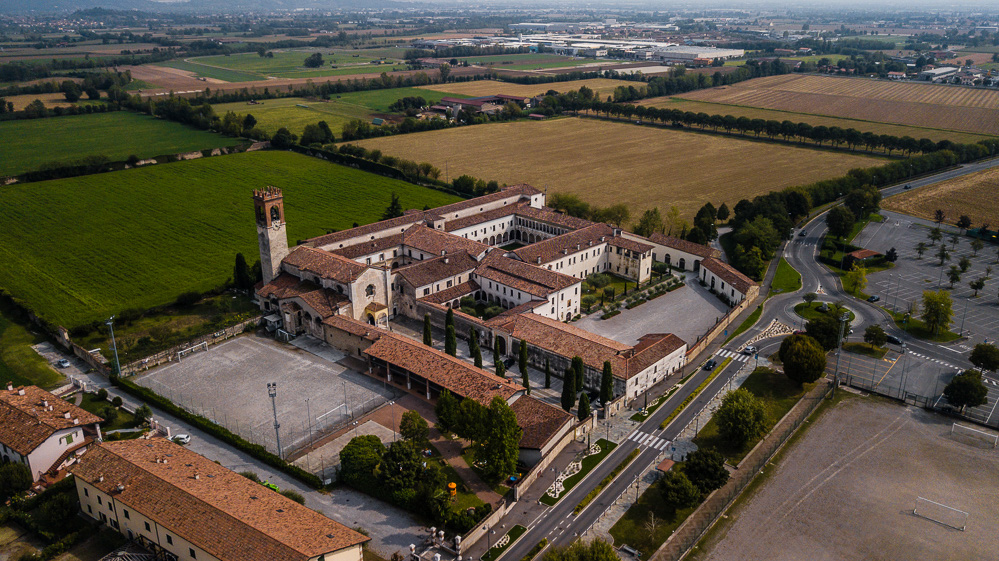
The community hosts monks and nuns of different Christian faiths. Bose is very active in hospitality
Video: Olivetan Benedictine Abbey Saints Nicholas and Paul VI
Map: Olivetan Benedictine Abbey Saints Nicholas and Paul VI
Address: Via Brescia, 25050
Rodengo-Saiano (BS) Lombardia
Latitude: 45.5894274
Longitude: 10.1112498
Site: http://www.abbaziasannicola.it...
vCard created by: CHO.earth
Currently owned by: CHO.earth
Type: Building
Function: Monastery
Creation date: 16-12-2019 16:11
Last update: 07/07/2022
